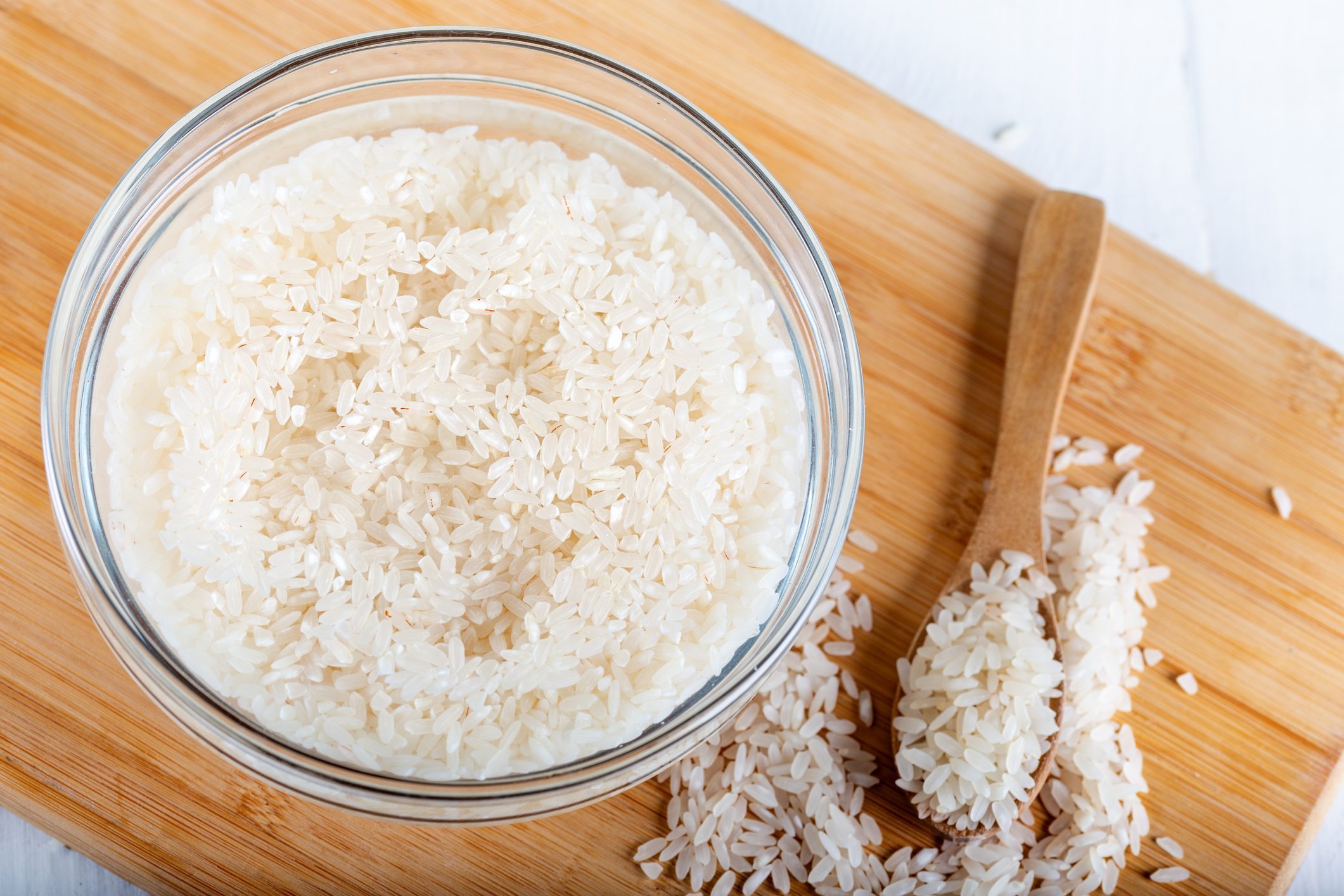Once you learn how to wash rice correctly, apply it to your recipes for a huge upgrade in taste, texture and appearance.

The Two Best Methods for How to Wash Rice

Learning how to wash rice is an easy skill that improves your rice-based recipes tenfold. It’s essential to implement before cooking rice in a pot or in your favorite rice cooker, and it requires minimal elbow grease.
There are a few ways to do it, so follow the method that best suits your kitchen.
Why You Should Wash Rice
Washing rice before cooking rinses off excess starch, resulting in grains that are separated after cooking instead of clumping and gelatinizing. This is true whether you’re using a rice cooker or cooking on the stovetop.
Washing the grains also makes rice tastier and safer to eat by rinsing away unwanted buildup that can collect on the rice during its processing journey. Debris like dust, rocks, chemicals, and, yes, even bugs, can all be found on rice, so take a few minutes to wash your rice before cooking it to reap the short- and long-term benefits.
How to Wash Rice
Follow one of these two rice-washing methods before cooking. All of the different types of rice need to be washed, including short-grain rice varieties like sushi rice or sticky rice. The only exception is arborio rice. This rice is used in recipes like risotto where that extra starch is essential to the dish.
How to Wash Rice Using a Bowl
To was rice in a bowl, place the desired quantity of uncooked rice in a large bowl. Fill with enough water to just cover the rice.
Use your fingers to agitate the rice with the water. The water will become cloudy. Strain the cloudy water from the rice, fill the bowl with new water, and repeat the process until the water runs clear. Now the rice is properly washed and ready to cook.
How to Wash Rice with a Fine-Mesh Sieve
You can also use a fine-mesh strainer to wash rice. For this technique, add the rice to the sieve then turn on your faucet and let cold water run over the rice, gently moving the rice around to let the water wash every grain. The water that drains will be cloudy at first but keep rinsing the rice until the water runs clear.
If you’re unsure if the water is clear, use a cup or bowl to catch some of the water to inspect it. Once the water is clear, you’re ready to cook the rice.



















